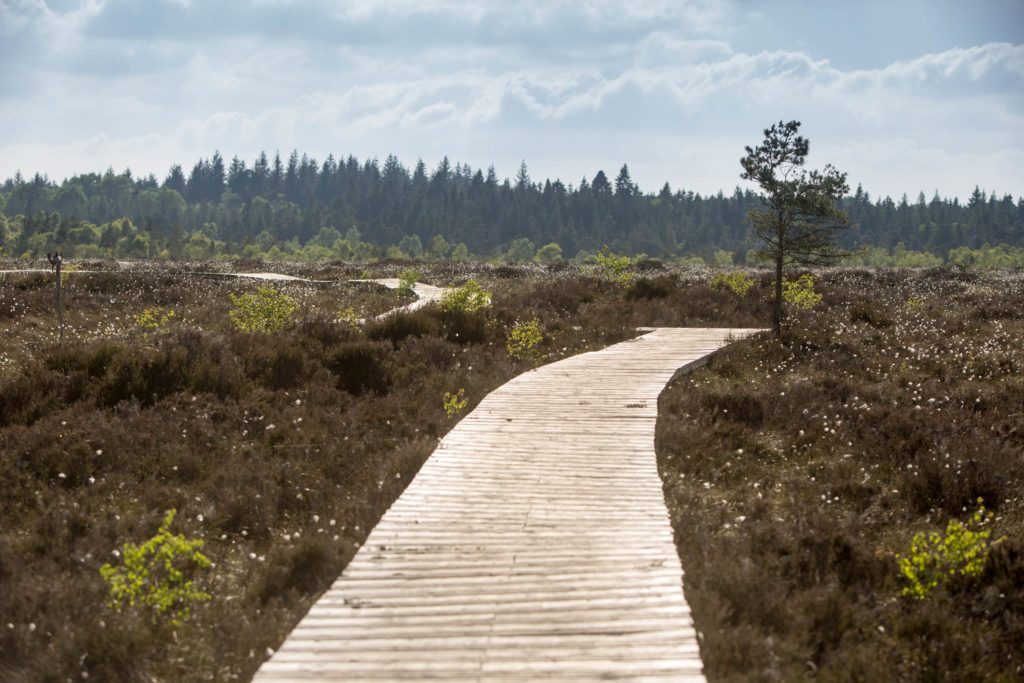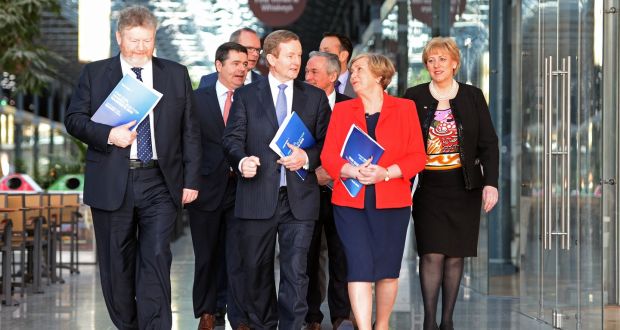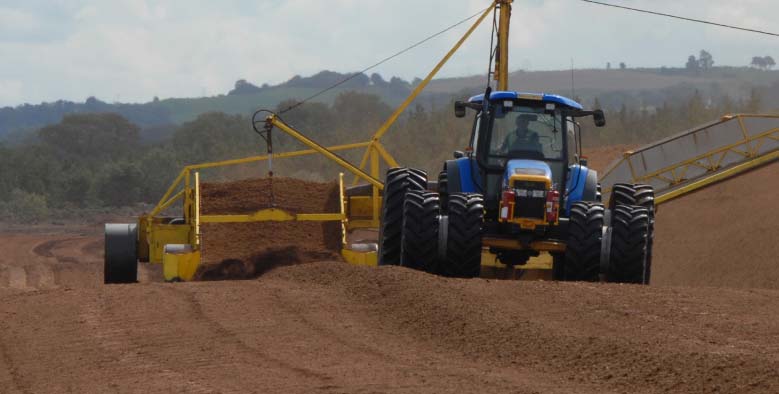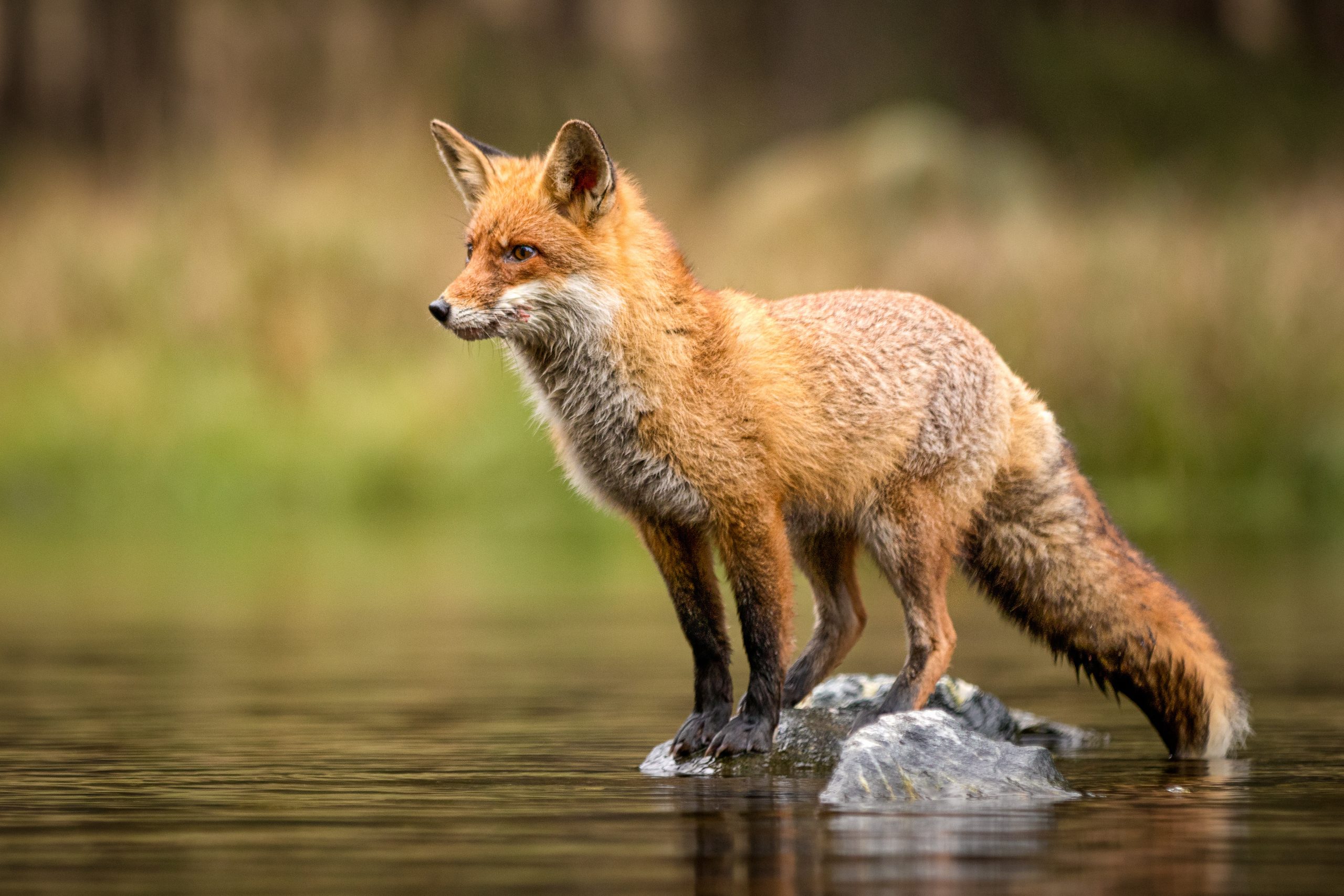Explainer: Bord na Móna ending its peat extraction

27 January 2021
If you’ve got a hawk-eye watch on climate news, you probably heard about Bord na Móna’s game-changing announcement earlier this month. But just in case you missed it, we’ll catch you up.
Bord na Móna have officially ended peat extraction on their own land.
The semi-state body said the decision represented a “key milestone” for their aspiration to become Ireland’s leading climate solutions company.
So, what happens now? How did we get here? How important is this?
We had the same questions, so we called up Dr. Florence Renou-Wilson from University College Dublin to help us – and you – understand it all.
(and last thing before we dig in – we reached out to Bord Na Móna but hadn’t gotten a reply by the time of publication. If we hear back, we’ll be sure to include it as an update.)
Let’s take it from the top – what’s the connection between peatlands and the climate crisis?
Bord na Móna was founded 80 years ago as a semi-state body to, in their own words, “develop Ireland’s peat resources for the economic benefit of Ireland”.
Peatlands are formed when water-logged conditions in soil delay decomposition, creating peat. To date they cover about 3 per cent of the earth’s surface.
When they’re in a natural and healthy state, peatlands act as carbon sinks, meaning they take in more carbon dioxide than they emit.
However, when they are drained for extractive purposes, the carbon that they stored for millennia is released.
In Ireland alone, drained peatlands and associated burnt and horticultural peat emit roughly 11 million tonnes of carbon dioxide each year. For context, that’s just short of our entire energy sector’s emissions in 2018.
And peat extraction goes on for a number of reasons. It can be used to produce domestic fuel, for horticulture, and to make way for agriculture and forestry expansion.
Got it. So Bord na Móna is stopping that practice altogether.
That’s right. Their last full peat harvesting session was in 2018, they did some extraction in 2019, and no extraction activities went ahead last year.
(However, it’s important to interject a quick point here: while they have stopped extraction, the semi-state does still have permission to operate the Edenderry power station until the end of 2023. The station uses a combination of peat and biomass, and any peat they use will have already been extracted and in reserve.)
They also announced a “Brown to Green” strategy in 2018, which aimed to eliminate the state’s dependence on high carbon activities and invest in things like renewable energy and peatlands restoration.
“Ultimately however it was the company’s 2018 decision to plan for and manage the elimination of its dependence on peat, that made it possible for it to cease harvesting and grow in parallel a new business of scale, that continues to sustain significant employment,” Bord na Móna told The Green News.
But going back to the announcement – Friends of the Irish Environment (FIE) Director Tony Lowes echoed Bord na Móna’s sentiment by also referring to it as a “major milestone”.
(If you’ve been keeping up with our explainers, you’ll probably recognise their name from our Climate Case Ireland coverage).
FIE first brought forward the issue of peat extraction planning way back in 2009 and commissioned their own satellite survey in 2010 that provided the Department of the Environment with a list of 126 potential extraction sites of over 30 hectares in 18 counties, for which local authorities had no records of.
Fast forward to a 2013 Survey undertaken by the Department itself, where it was revealed that most of these extraction sites needed planning permission.
That very same year, an An Bord Pleanála ruling found that industrial-scale extraction was no longer exempt from planning permission. This was challenged by operators, which then led to a five-year delay, according to FIE.
Once that delay was over, legislation was introduced to propose allowing continued peat extraction, which was ultimately struck down by a case launched by FIE in 2019.
Bord na Móna then sought to apply for substitute consent, which if granted, would have regularised past development where planning permission had not previously existed.
But following their announcement this month to end extraction, FIE were informed that Bord na Móna was withdrawing all 8 applications that were set to be heard in the High Court the following week.
FIE said that they were told Bord na Móna would be ceasing, “any remaining harvesting preparations, including planning and substitute consent applications”.
Okay – it’s been a long road to where we are now. What about these drained peatlands, how do we restore them?
According to Dr. Florence Renou-Wilson of UCD’s School of Biology and Environmental Science, there are two steps we all need to get our heads around.
“First of all, you stop the emissions, and then you try and reintroduce the sink”, she told The Green News.
The good news is, if we rewet our bogs, we can stop emissions immediately. This is because you’ve rewetted unexposed peat mass, so the microbes will die.
Then through bogland restoration, peatlands start to become a sink for, not a source of, carbon dioxide.
You also want to manage the habitat as if it was a natural bog, Dr. Renou-Wilson tells us, which will allow all the “vegetation to bring that water table to exactly where you want it”.
“If you have the carbon sink you’ve brought back biodiversity, water quality, you’ve brought back everything,” Dr. Renou-Wilson said.

And what should we look out for now?
The National Peatlands Strategy should be revised in light of this development so we can figure out how to manage our peatlands sustainably across all fronts, according to Dr. Renou-Wilson.
And this follow-up has to be as transparent as possible, she stressed.
“Bord na Móna says it wants to go into wind farms and solar, but what are the environmental, social and economic life cycles? That has to be the yardstick,” Dr. Renou-Wilson said.
We should also keep an eye on private bog landowners.
The announcement should give the government the impetus to push for a scheme to encourage private owners to opt for restoration. Such a programme could reward carbon storage, biodiversity restoration, and improved water quality, Dr. Renou-Wilson said.
You should also look out for future announcements from Bord na Móna. They announced last year that they would raise €1.6 billion to fund a series of major climate focused projects across its 200,000 acres, including wind and solar projects.
Another thing to keep your eye out for is a clear statement of where the government stands on peat extraction. Solid fuels are set to be phased out over time, and once Bord na Mona uses the remains of its reserve, their briquettes will no longer be on the market.
This could be indicative of where the government stands on the issue, but an official statement or policy position would also be something to be on the lookout for.
[x_author title=”About the Author”]






